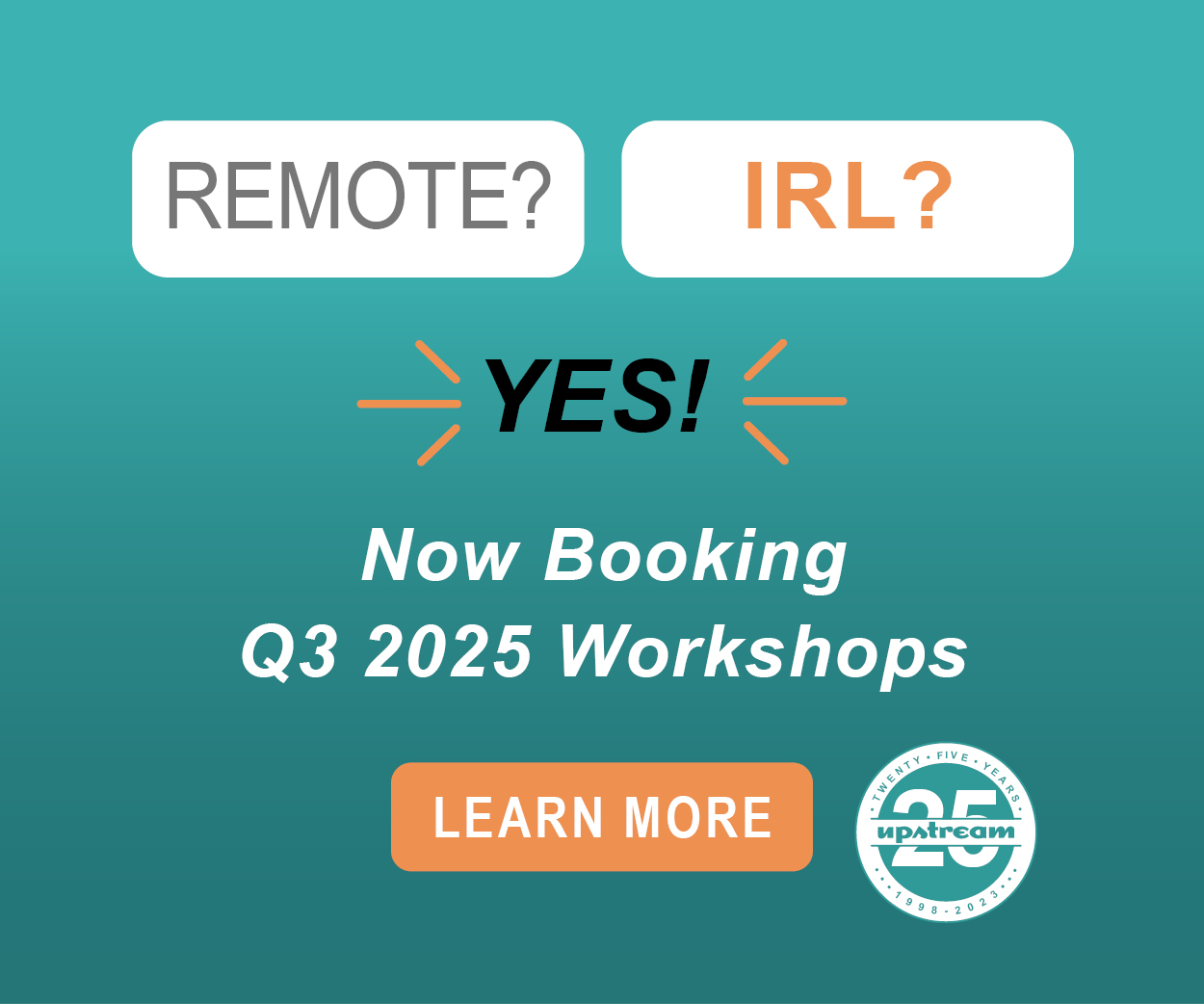Quiet down now. Don't speak, just for a little bit. Let the moment marinate.
Most of us in sales are running over-programmed sales calls in which every pause, every quiet second, is something to be filled and patched over like so many cracks in a leaky boat. We believe that there is just so much to say and explain that to waste even a second means perhaps missing the one point or feature that might create the magic moment. But it's a fool's errand: the magic moments were there all along... we just talked over them.
Those empty seconds of silence are actually filled with anticipation, consideration, curiosity. They are the wellsprings of customer collaboration and commitment to the idea. But as the seller you have to do more than just listen. You have to program these white space moments into your sales calls.
In the sales workshops I conduct for media and technology sellers, the problems to be solved are always remarkably similar: the seller has far too much information and detail to share; the buyer is far too jaded, distracted and evasive; the marketplace is confusing and filled with far too many competitors; the time together is brief and fleeting.
Too many managers - and sales trainers - give the shallow admonition to "do your homework" and "listen more than you talk." But that means little to the seller. What she really needs is a plan... a plan to provoke and manage those quiet moments of consideration and commitment. That's what I try to provide, and there are just five parts to the plan.
- First, show the customer a slide that tells them a few things you've learned about their business, their situation, their needs, their competitors. Ask them what they think is most important on this slide and what else you might have missed. Then shut up and listen fully.
- Next, show them a slide or page that clearly (and briefly) outlines the problem you hope to solve for them. Ask them how much this issue means to them and what else is critical to talk about. Then shut up and listen fully.
- Before talking about your solution, show them a page that makes a handful of promises about the standards and practices your company will employ in solving the problem for them. Ask if these are important considerations and what else they value. Then shut up and listen fully.
- Now talk about your potential solutions. Stop the conversation at several points and invite some silence by asking "How do you feel about this? ... What would you do here?" At each point, shut up and listen fully.
- Finally, ask the customer for a commitment: If we can deliver this will you approve $X budget for it? This may be the most important silence of all. Shut up and let your customer fill the void.
This is what programming the silence looks like. At each step in the process you are provoking a thoughtful response from the customer. The opposite of talking isn't just listening. It's being in the moment. And it works.
